Rendezvous with Nuclear (Part 1)
Posted by Wesley on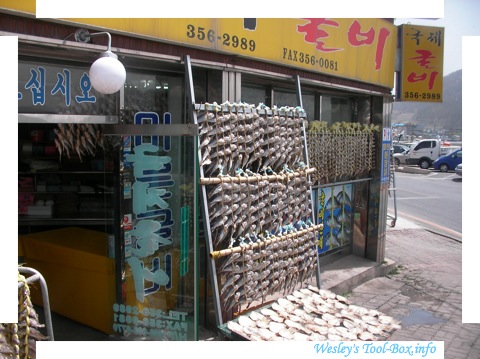
After passing by multitudes of shops prominently featuring gulbi in front for a few minutes, we drove through rice fields that featured transmission towers scattered here and there. Then we noticed employee apartments for Korea Hydro & Nuclear Power (KHNP) and Korea Plant Service & Engineering (KPS), a sure sign that there's a power plant nearby. Eventually, a familiar dome-shaped building started appearing at the edge of the horizon.
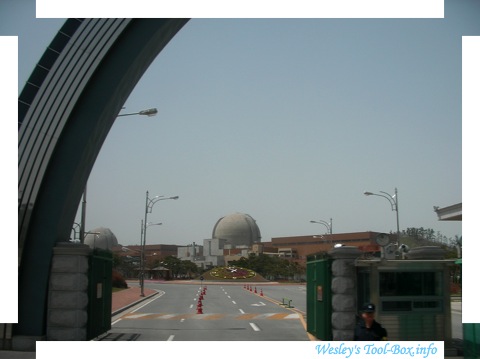
Soon, a KHNP sign came up, and behind it, a big metallic arc towering over the main entrance was visible. We weren't going inside the power plant yet, so after making a turn to the left we continued on until we arrived in front of the Yeonggwang Nuclear Power Plant Information Center. The building was proudly displaying a slab of stone that proclaimed the achievement of 500 billionth kWh with nuclear power on February 20, 1995. I guess we're way past that in this time and age.
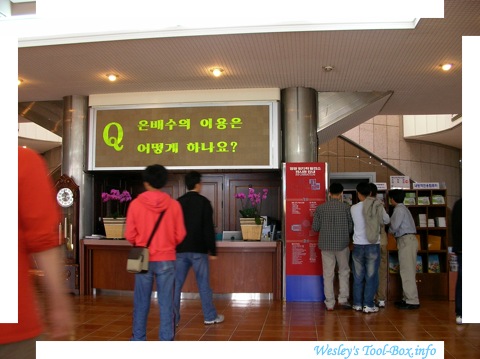
The lobby was greeting us with a large electric sign that displayed various Q&A about nuclear power. Around it, assortment of free pamphlets and books that answer questions address misconceptions about the whole nuclear-as-energy-source deal were available. Just to be on the safe side I took each of them. They were fairly up to date, having been issued only about 3 weeks ago. Behind the bookshelf a display of local produce for promotional purposes was sitting around. Besides gulbi, it had stuff like rice, red pepper, condiments, and liquor.
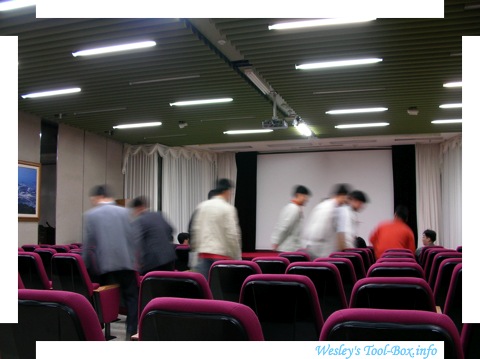
We just had enough time to have a short look around the floor when we were called into an auditorium for a screening of the introductory video about the site. An employee greeted us in front of the screen and told us a bit about the place and the video we'd be seeing. The talk wasn't particularly remarkable, but I was a bit surprised that the place needs about 2000 to 3000 people to operate. I suppose this was due to maintenance and safety reasons. Then the lights were dimmed and the projector started running.
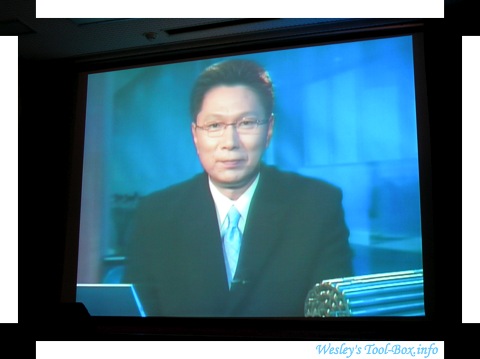
The video stressed the importance of nuclear power in a resources-strapped country like Korea because the price of fuel is relatively stable and takes only a small portion of the overall electricity generation cost. It was the oil shocks in the 70s that prompted the construction of Korea's first nuclear reactor. Also, it assured us that the technology involved in running the power plant, all the way down to waste disposal, makes the operation safe and reliable, so we shouldn't need to worry about hazardous radiation.
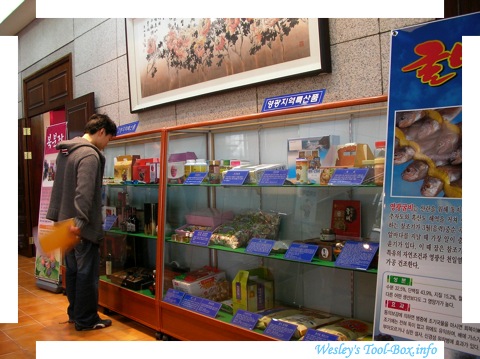
As a proof, it pointed out that Yeonggwang's famed gulbi hasn't tarnished in its reputation and quality despite the nuclear facility being in the nearby area. I guess I can see why the information center chose to have the promotional display of the local produce. It was a display of confidence.
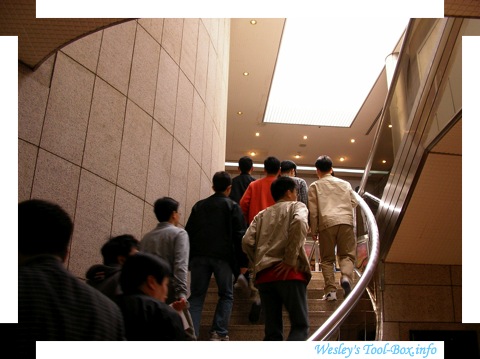
As the video came to an end, we were guided to the exhibition room on the second floor.